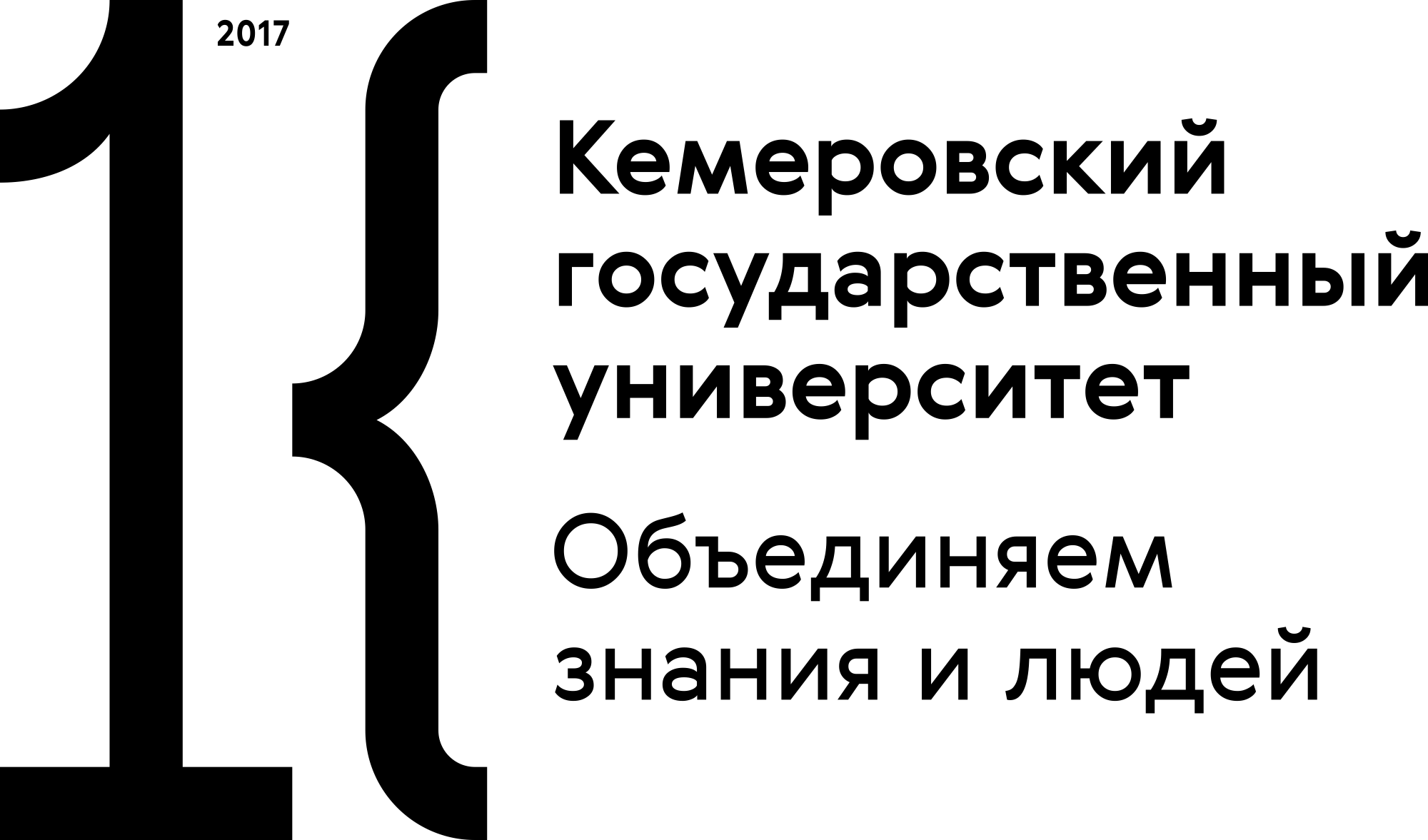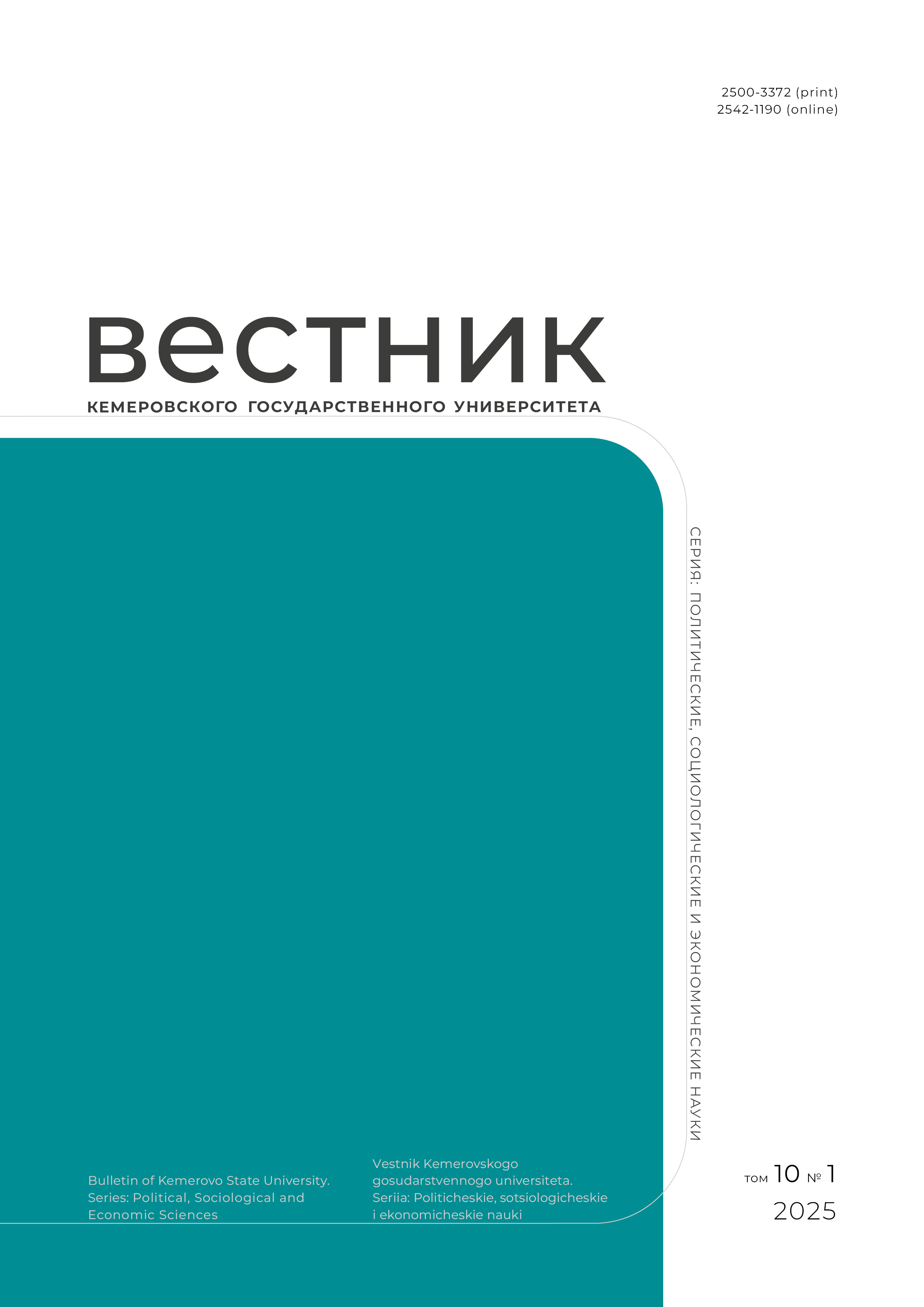Russian Federation
employee from 01.01.2021 until now
Makhachkala, Russian Federation
UDC 33
Socio-economic stability, good living standards, and low unemployment are the key aspects of the state development strategy in modern economic conditions. They have a direct impact on the national competitiveness and security. The current pandemic and global economic crisis made it important to curb the growing unemployment and protect the unemployed population. The study featured the global labor market with its structural and economic relations, trends and patterns. The research objective was to identify the potential problems of unemployment growth and provide recommendations for their localization and leveling. The authors analyzed the forecasts made by Russian and international experts about the state of the global labor market during the pandemic, assessed its features and main trends, studied the consequences of the COVID-19 pandemic on the unemployment rate, and systematized measures of social support for unemployed population in different countries. The paper introduces some measures that can prevent the growth of global unemployment.
global labor market, social support for the unemployed, unemployment rate, crisis, anti-crisis measures, pandemic, coronavirus, COVID-19
1. Davydenko T. A., Kondakov M. V. Effects of unemployment and factors affecting them. Research Result. Economic research, 2019, 5(3): 35-43. (In Russ.) DOI:https://doi.org/10.18413/2409-1634-2019-5-3-0-4
2. Marglin S. A. Investment and interest: a reformulation and extension of Keynesian theory. The Economic Journal, 1970, 80(320): 910-931. DOI:https://doi.org/10.2307/2229905
3. Mishan E. J. Economic myths and the mythology of economics. London: Routledge, 2012, 229.
4. Musgrave R. A., Musgrave P. B. Public finance: theory and practice, eds. Nesterenko T. G., Artiukhin R. E., Dzgoev V. D. Moscow: Biznes Atlas, 2009, 716. (In Russ.)
5. Blaug M. Great economists since Keynes: an introduction to the lives & works of one hundred great economists of the past, ed. Storchevoi M. A. St. Petersburg: Ekonomicheskaia shkola, 2009, 286-288. (In Russ.)
6. Afanasyev M. P., Shash N. N. Microeconomic effects of growing public debt on the Russian economy. Public Administration Issues, 2016, (5): 46-59. DOI:https://doi.org/10.17323/1999-5431-2016-0-5-46-59
7. Beresdivina E. V. Assessment of the performance of supervisory bodies of the executive power. Public Administration Issues, 2011, (3): 23-37. (In Russ.)
8. Sivasheva N. M. Ways to improve the efficiency of state budget expenditures. Cand. Econ. Sci. Diss. Abstr. Moscow, 2005, 26. (In Russ.)
9. Hatry H. P. Performance measurement: getting results, tr. Tolstova I. L. Moscow: Fond "Institut ekonomiki goroda", 2005, 273. (In Russ.)
10. Smirnov S. N. The context of social transformations in the post-Soviet years: economic, institutional and demographic dynamics. Mir Rossii, 2016, 25(3): 6-36. (In Russ.)
11. Sidorina T. Iu. Globalization and the neo-liberal trend jeopardizes basic social institutions. Democracy, Power and Territories, ed. Sacca F. Milano: Franco Angeli, 2018, 87-102.
12. Goutte S., Péran T., Porcher T. The role of economic structural factors in determining pandemic mortality rates: evidence from the COVID-19 outbreak in France. Research in International Business and Finance, 2020, 54. DOI:https://doi.org/10.1016/j.ribaf.2020.101281
13. Yue X. G., Shao X. F., Li R. Y. M., Crabbe M. J. C., Mi L., Hu S., Baker J. S., Liu L., Dong K. Risk prediction and assessment: duration, infections, and death toll of the COVID-19 and its impact on China's economy. J. Risk Financial Manag., 2020, 13(4). DOI:https://doi.org/10.3390/jrfm13040066
14. Desjardins M. R., Hohl A., Delmelle E. M. Rapid surveillance of COVID-19 in the United States using a prospective space-time scan statistic: detecting and evaluating emerging clusters. Applied Geography, 2020, 118. DOI:https://doi.org/10.1016/j.apgeog.2020.102202
15. Lorenzo D. G., Trolio D. R. Coronavirus disease (COVID-19) in Italy: analysis of risk factors and proposed remedial measures. Front. Med., 2020, 7. DOI:https://doi.org/10.3389/fmed.2020.00140
16. Dudin M. N., Lyasnikov N. V. The likely social and economic consequences of the coronavirus pandemic COVID19. POISK: Politika. Obshchestvovedenie. Iskusstvo. Sotsiologiia. Kultura, 2020, (2): 60-71. (In Russ.)
17. Shavyrin N. V. Coronavirus and the world economy: on the verge of a global catastrophe. Vestnik nauchnykh konferentsii, 2020, (2-2): 120-123. (In Russ.)
18. Buldakova A. A. Impact of coronavirus on the Russian economy. Vestnik nauchnykh konferentsii, 2020, (2-2): 32-34. (In Russ.)
19. Egorov A. V. Economics of epidemics. Bankovskoe delo, 2020, (3): 7-11. (In Russ.)
20. Morozov S. A. How hard will the outbreak of coronavirus damage the global economy? Nauchnyi elektronnyi zhurnal "Meridian", 2020, (8): 456-458. (In Russ.)
21. Kozlikov S. P. Public policy during the pandemic: domestic and foreign experience. Ustoichivoe razvitie nauki i obrazovaniia, 2020, (6): 117-124. (In Russ.)
22. Tokareva Yu. A., Suvorkova Yu. E. The role of corporate communications in the promotion of staff under fixed-term employment relationship. International Journal of Medicine and Psychology, 2019, 2(4): 178-181. (In Russ.)
23. Schöberl-Flomail C., Stadler M., Schmoll A. Zukunft Gemeinsam Gestalten. Die Bank, 2015, (6): 52-54.
24. Alekina E. V. Forming costs model for improving labor conditions. Russian Economic Bulletin, 2019, 2(6): 62-66. (In Russ.)
25. Batyreva M. V., Selezneva T. A. Population satisfaction with the living conditions in the city as a factor of formation of the city image. Russian Economic Bulletin, 2019, 2(6): 290-296. (In Russ.)
26. Lev M. Yu., Leshchenko Yu. G. Economic security in the health system during the COVID-19 pandemic: response of states and financial authorities. Journal of Economics, Entrepreneurship and Law, 2020, 10(6): 1857-1884. (In Russ.) DOI:https://doi.org/10.18334/epp.10.6.110511


















